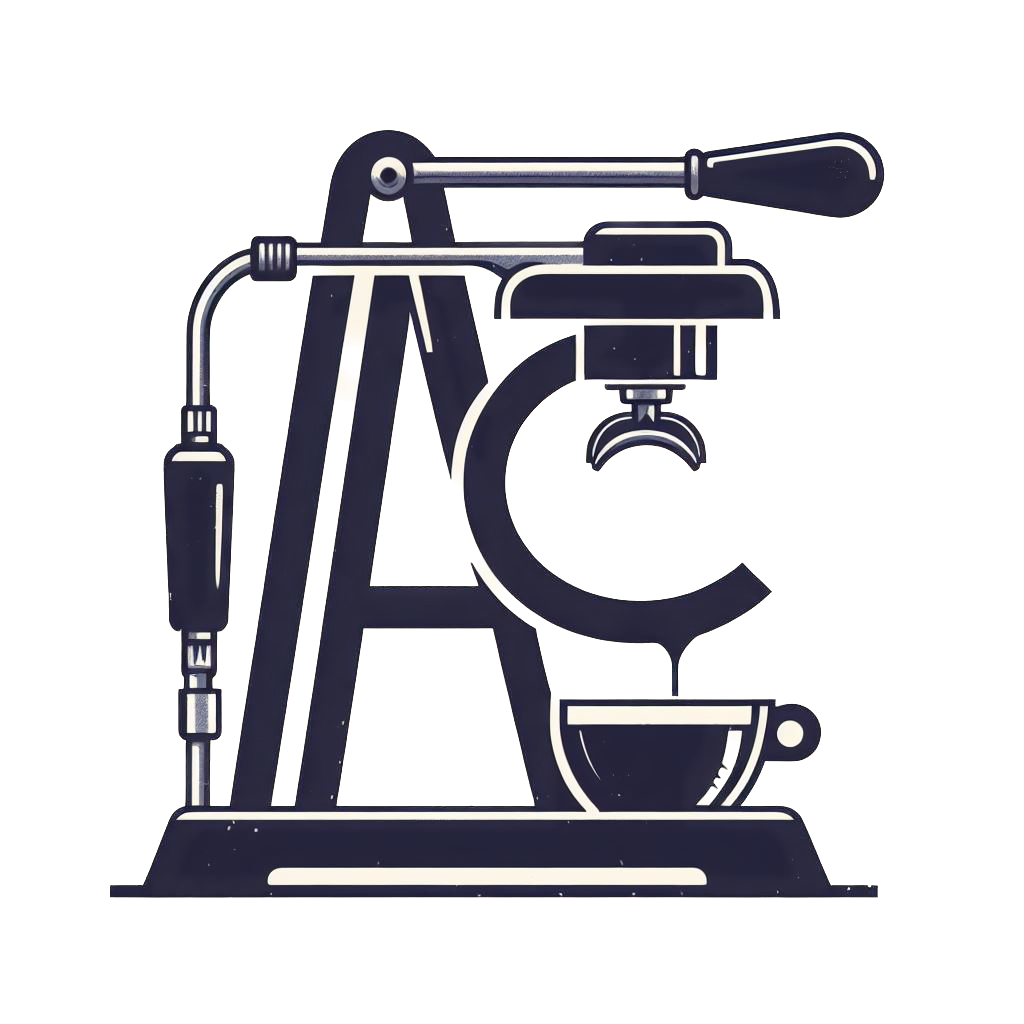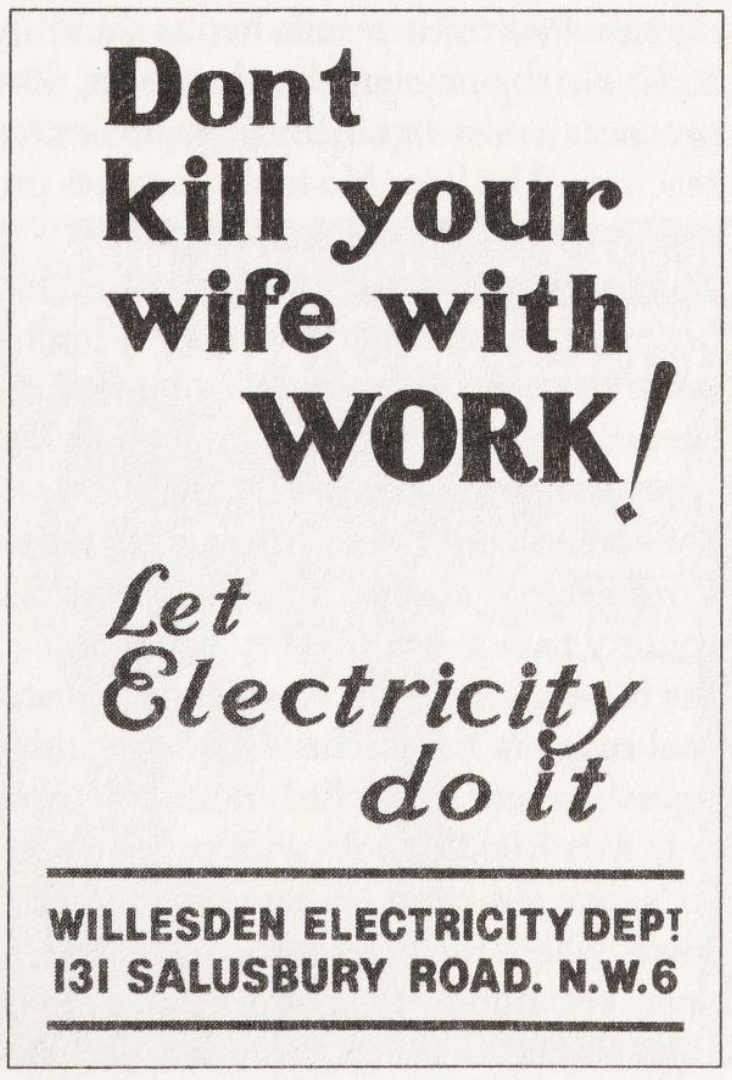
Vintage Espresso Machine Restoration
and other cool projects
-
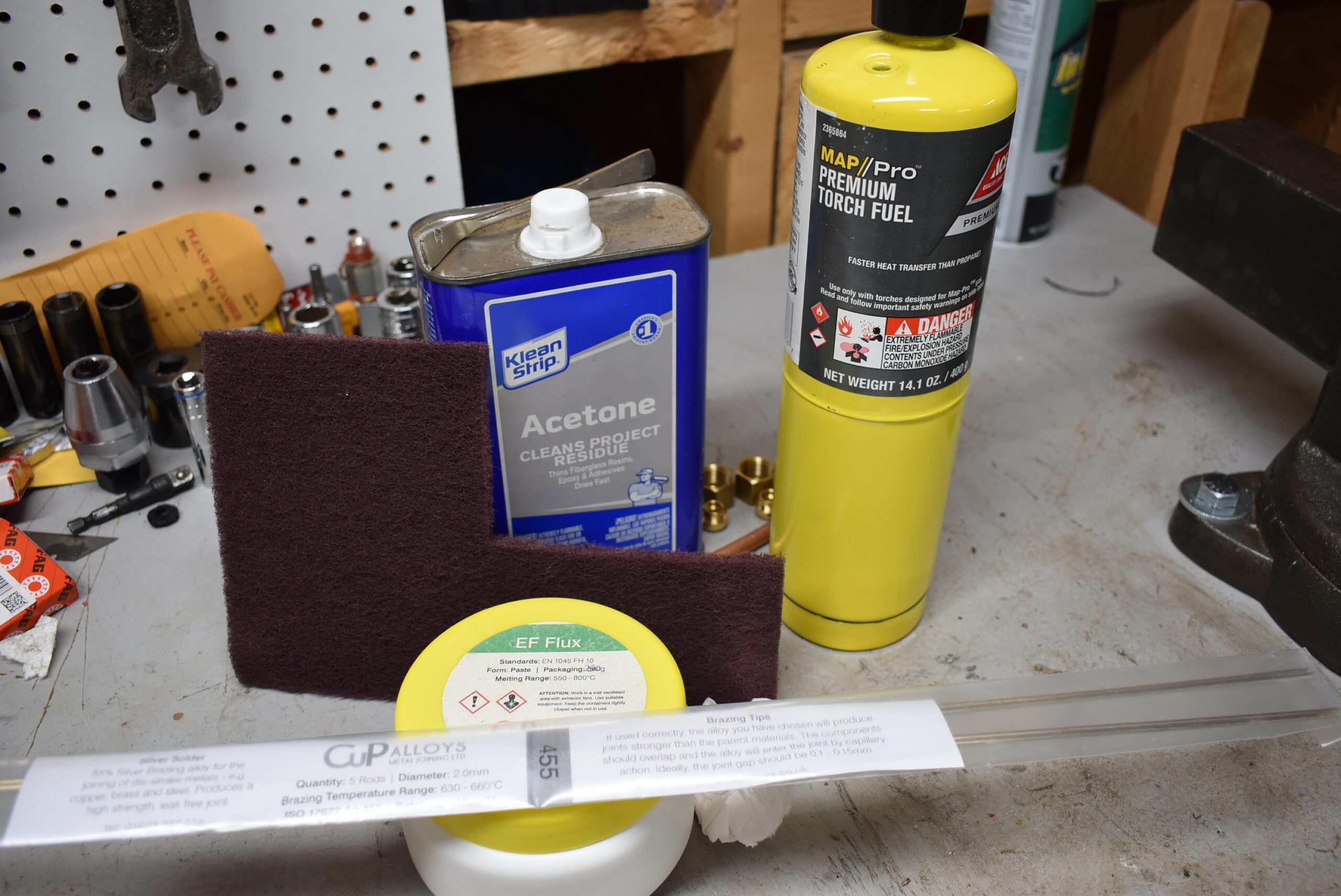
Brazing 101: Best Practices and Versatility
—
in ResourcesAn overview and benefits of brazing with silver solder on espresso machines
-
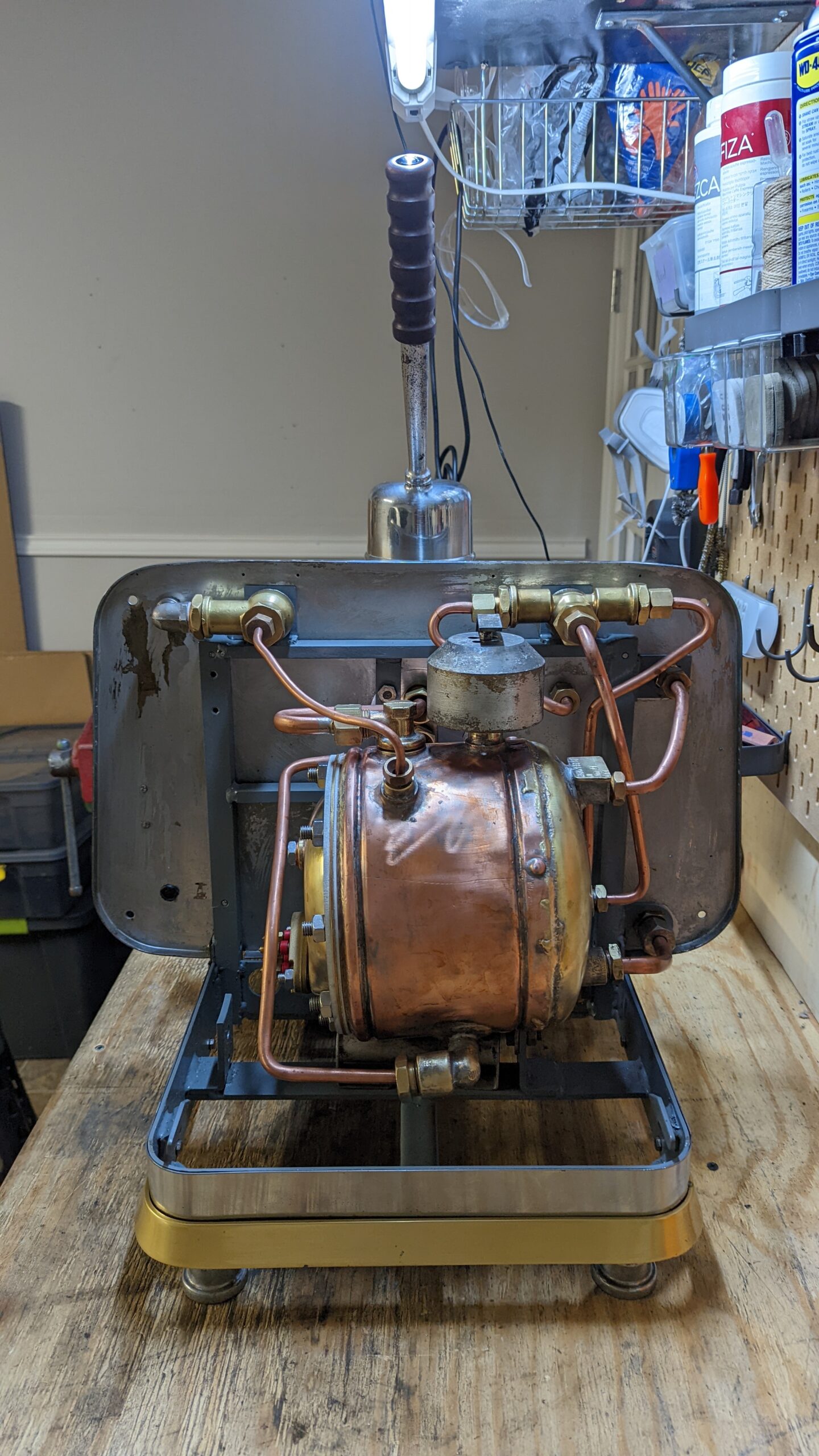
FAEMA Urania: Boiler Disassembly and Cleaning
—
in LeversThe boiler is usually where one runs into the most challenging parts of a rebuild. Depending on the age, how well the espresso machine was maintained, the quality of the water used, storage, and lots of other factors opening up the boiler is one of the most nerve wracking steps of a rebuild. In many…
-

Charles Parker Vise: Overview
—
in VicesThe Charles Parker Company, originally based in Meriden Connecticut is an historic (and prolific) manufacturer of vises beginning around the early to mid 1800s. They also made other goods like coffee grinders and guns, but they are most known for their vises. I ran into a few of them at good prices on the marketplace…
-
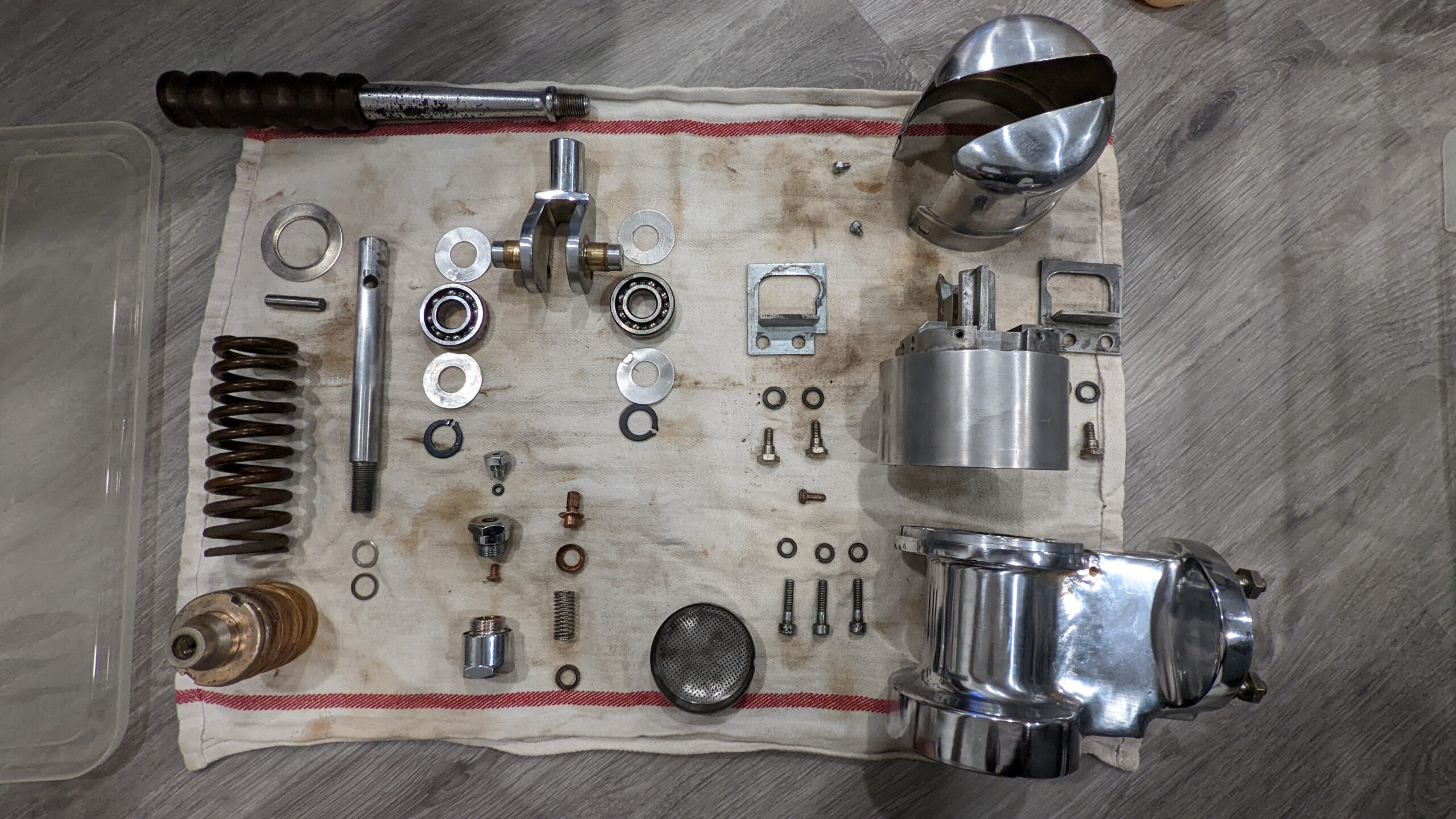
FAEMA Urania: Thermosiphon Group
—
in LeversAfter stripping the machine down to the frame in the previous post the next order of business was to start to disassemble the group to get it cleaned up and replace all the worn parts. FAEMA First Generation Thermosiphon Group This Urania came with a first generation thermosiphon group. The thermosiphon group regulated its temperature…
-

FAEMA: Planetary Series Espresso Machines
When researching machines to restore, I learned a lot about the various FAEMA models that showed up on the market. Before the iconic E61 model came into the picture, the early FAEMA model series from the 1950s were named after planets. In cosmic order they were: Mercury, Venus, Mars, Saturn, Uranus, Neptune. There are lots…
-

La Cosmo: A Small Workshop, Incredible Espresso Machines
The allure of rare vintage espresso machines from small brands
-

Vintage Espresso Machines: Which First Project is Best?
—
in LeversI hear about these old vintage espresso machines and want to try working on one myself, where and how do I begin? Starting out from nothing, it can be a little difficult to break into the collection space with a good mindset and expectations of what will happen during the restoration process just due to…
-
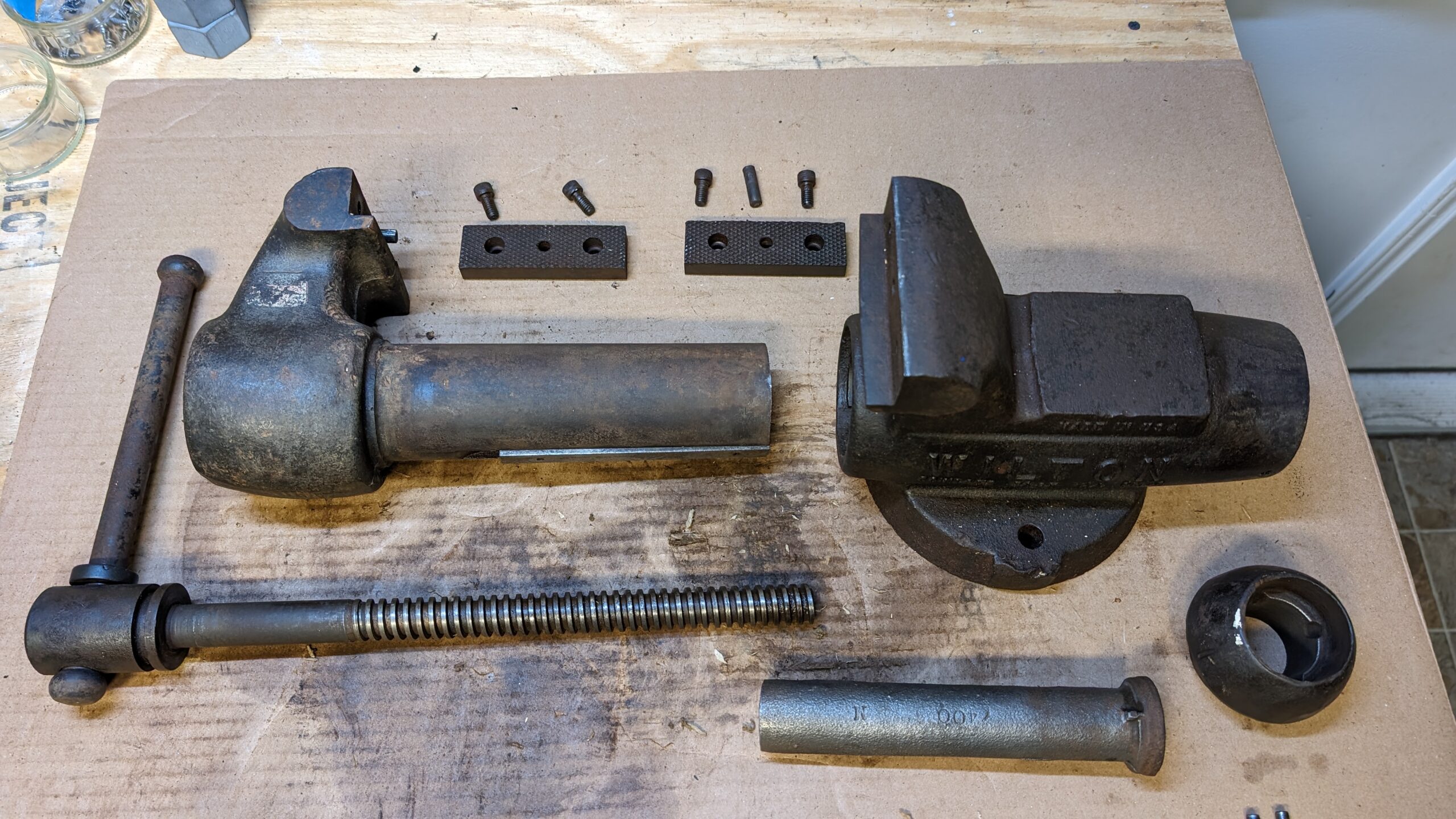
Wilton Machinist ‘Bullet’ Vise: Restoration
—
in VicesIn the prior post, we went over background on the Wilton and the iconic 4″ Machinist Vise I picked up. In this post we’ll go over how I restored it. Overall, the vise was in good shape, with unworn jaws, and minimal scarring, and no broken parts. A few things to look for are jaws…
-
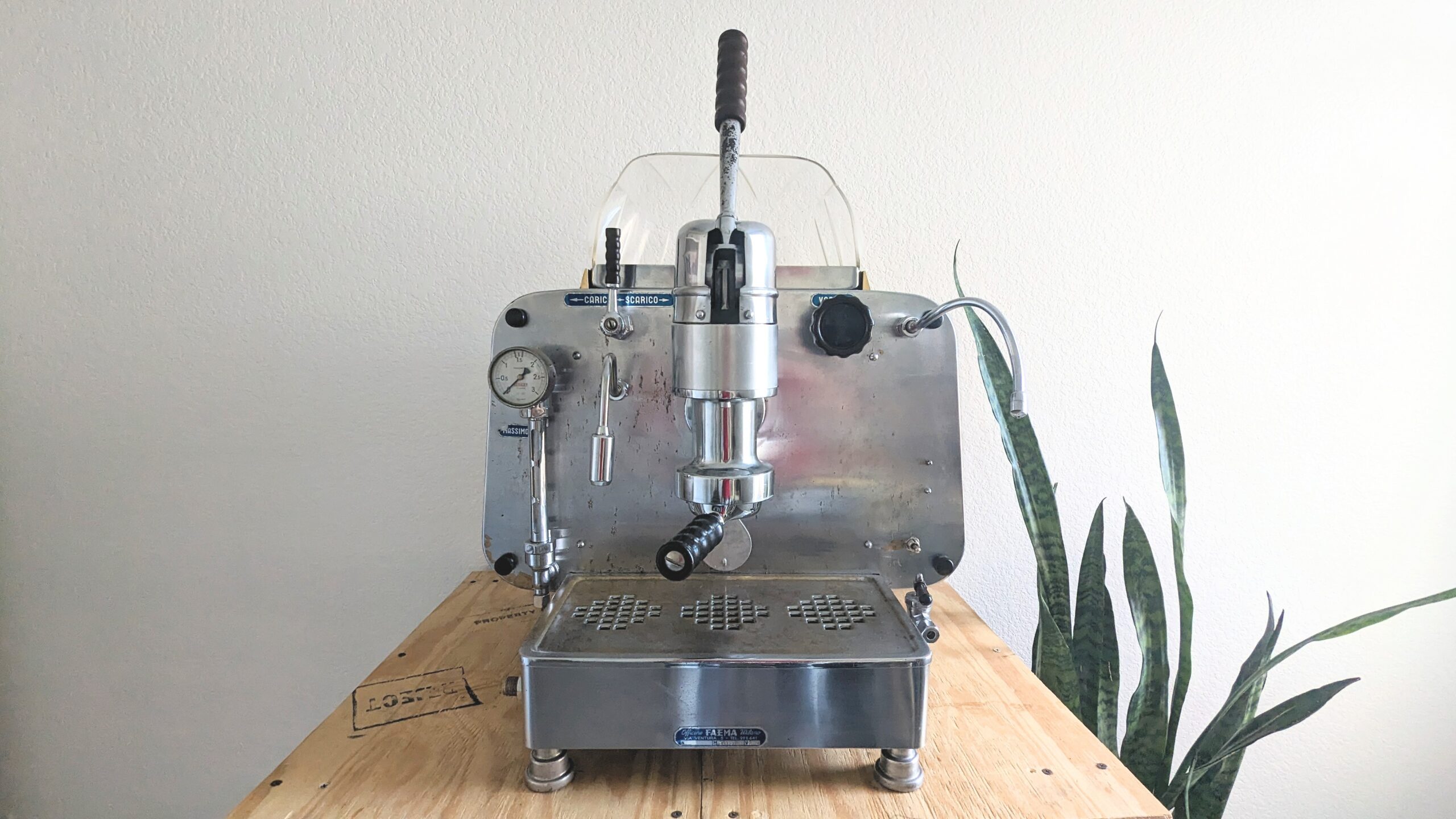
FAEMA Urania: Teardown
—
in LeversIn the first post on this 1957 FAEMA Urania restore, we went over the machine, its main features, and getting it stateside. Once it was in hand, the next order of business was to tear it down to the frame. This is an essential step that sheds light on potential restore issues, and so you…
-
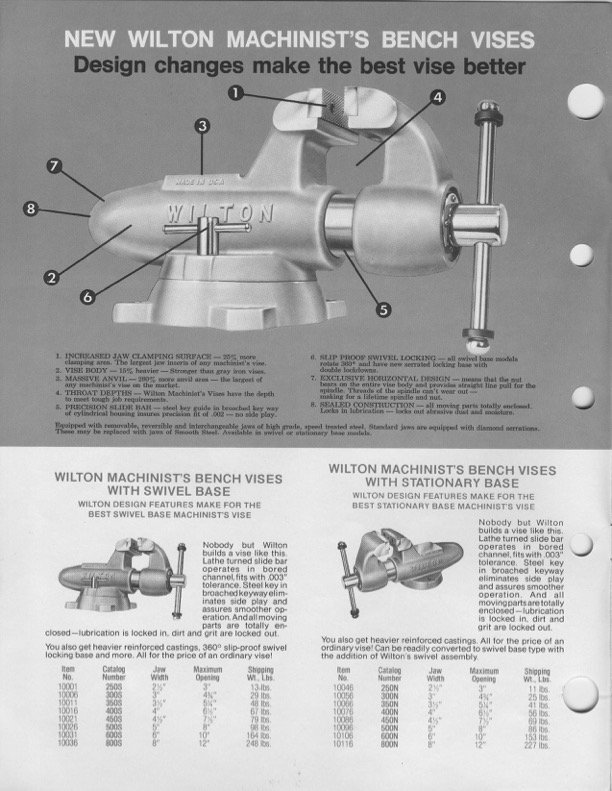
Wilton Machinist ‘Bullet’ Vise: Overview
—
in VicesThe Wilton Machinist Vise, also known as Wilton Bullet Vise, is iconic, highly sought after, and has an aggressive collector’s market. Oh yeah, I hear it also makes a decent vise. How do I know this? Let me tell you a story… The story: I was browsing the classifieds one day and saw the post…
-

FAEMA Urania: Classic lever espresso machine overview
—
in LeversThis series of posts will cover my first restoration project of a vintage lever espresso machine. This Faema Urania was a fun project that required techniques in restoring, plumbing, electrical, machining, chemistry, physics, and general MacGuyver-ing. It also required tools and patience, tons of patience. The machine: This is a 2nd generation, commercial, single group,…
-
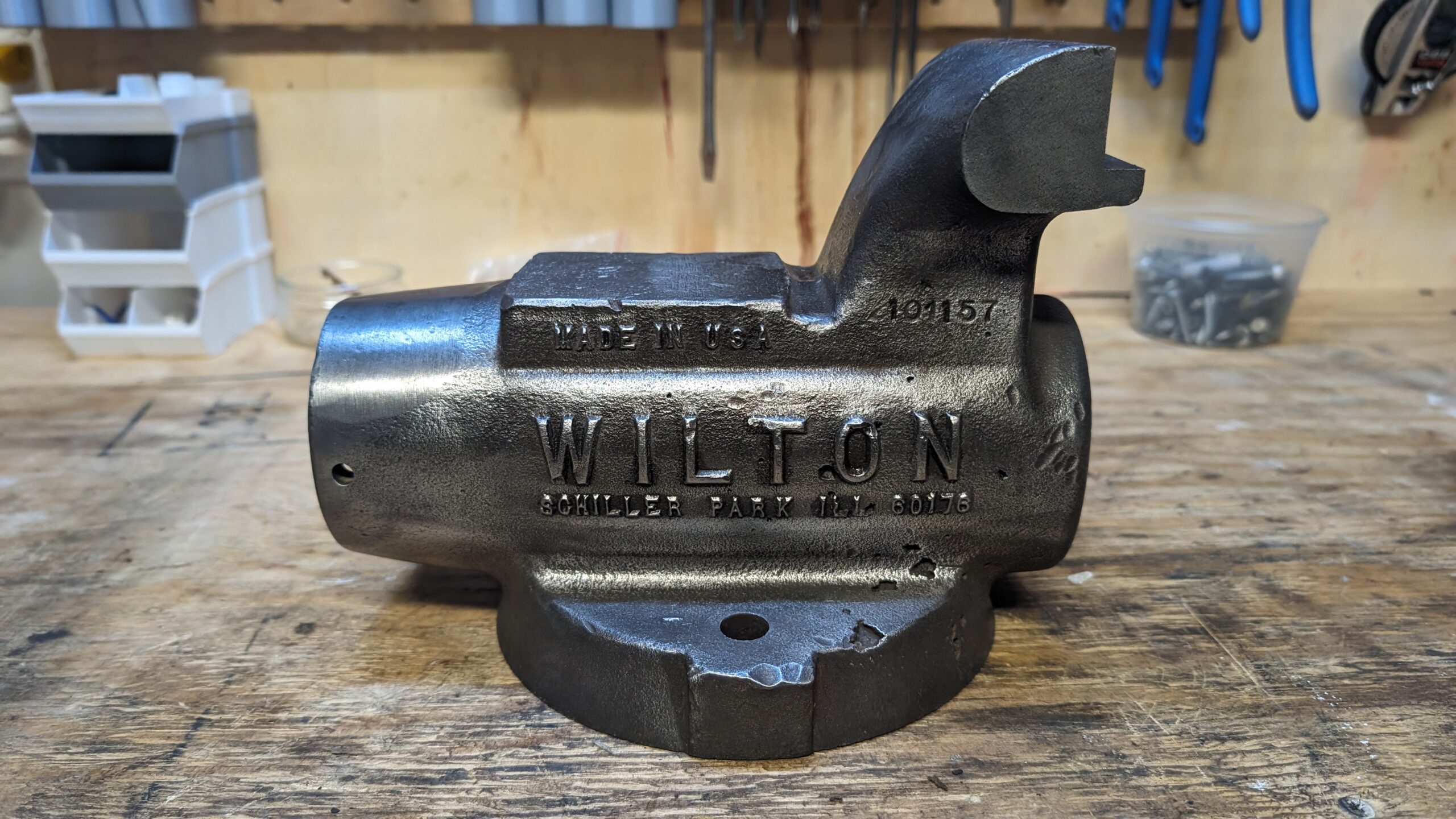
Electrolytic Rust Removal (Part 3): Cleaning up and protecting your part
Once you flip the power on, with in a few minutes you should see the hydrogen bubbles begin to form on your rusty part and rising off. The process to can take anywhere from a few hours to a few days. You’ll know when it is finished when the bubbles slow down, but you can…
-
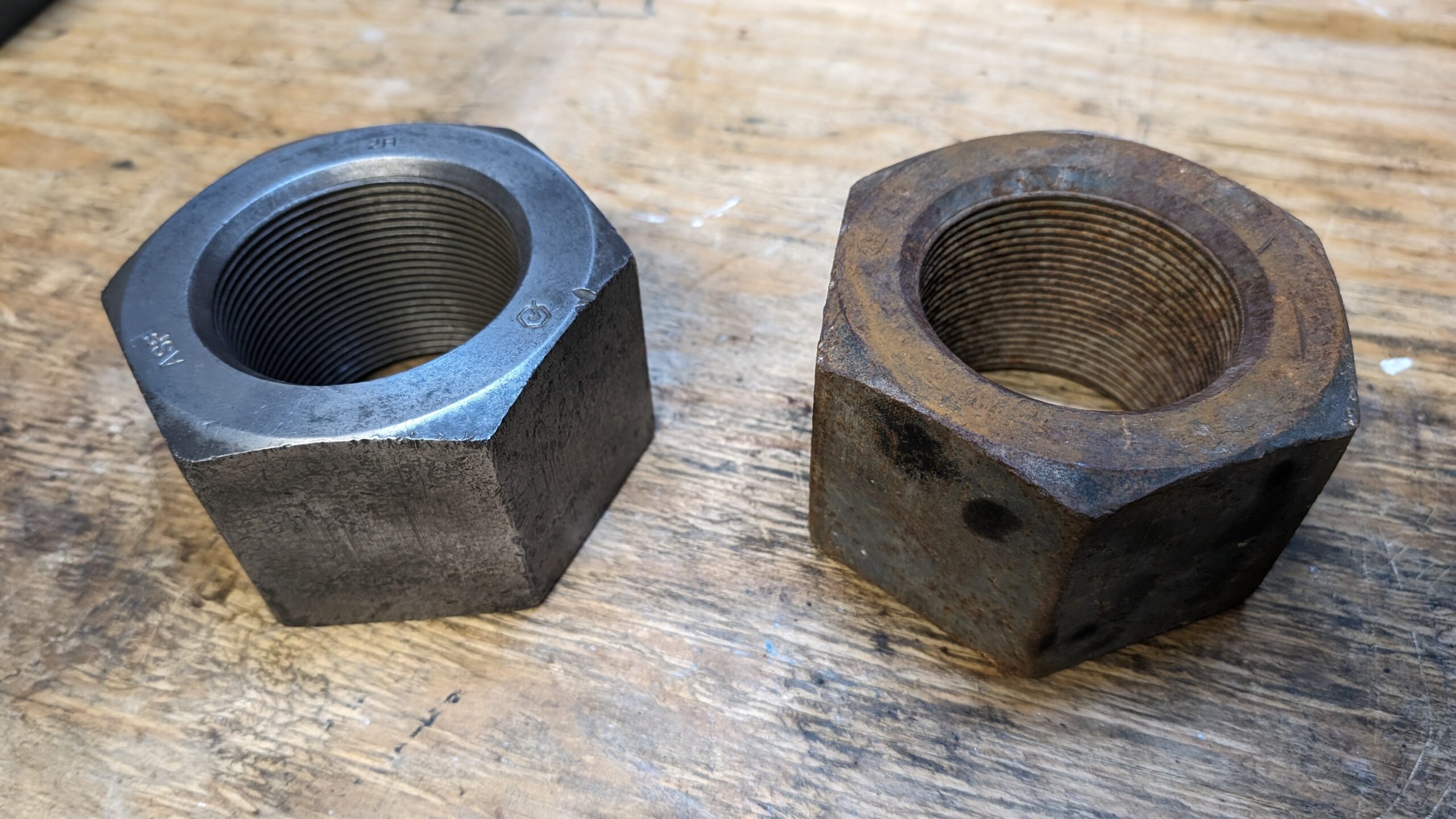
Electrolytic Rust Removal (Part 2): Setup and important information
List of supplies: The good thing about making your rust electrolysis set-up is that at its core, all of the necessary parts are quite simple and you you should be able to pull it together using household items. You can, of course, also go all-out and spend a lot of money. Here are the supplies…
-
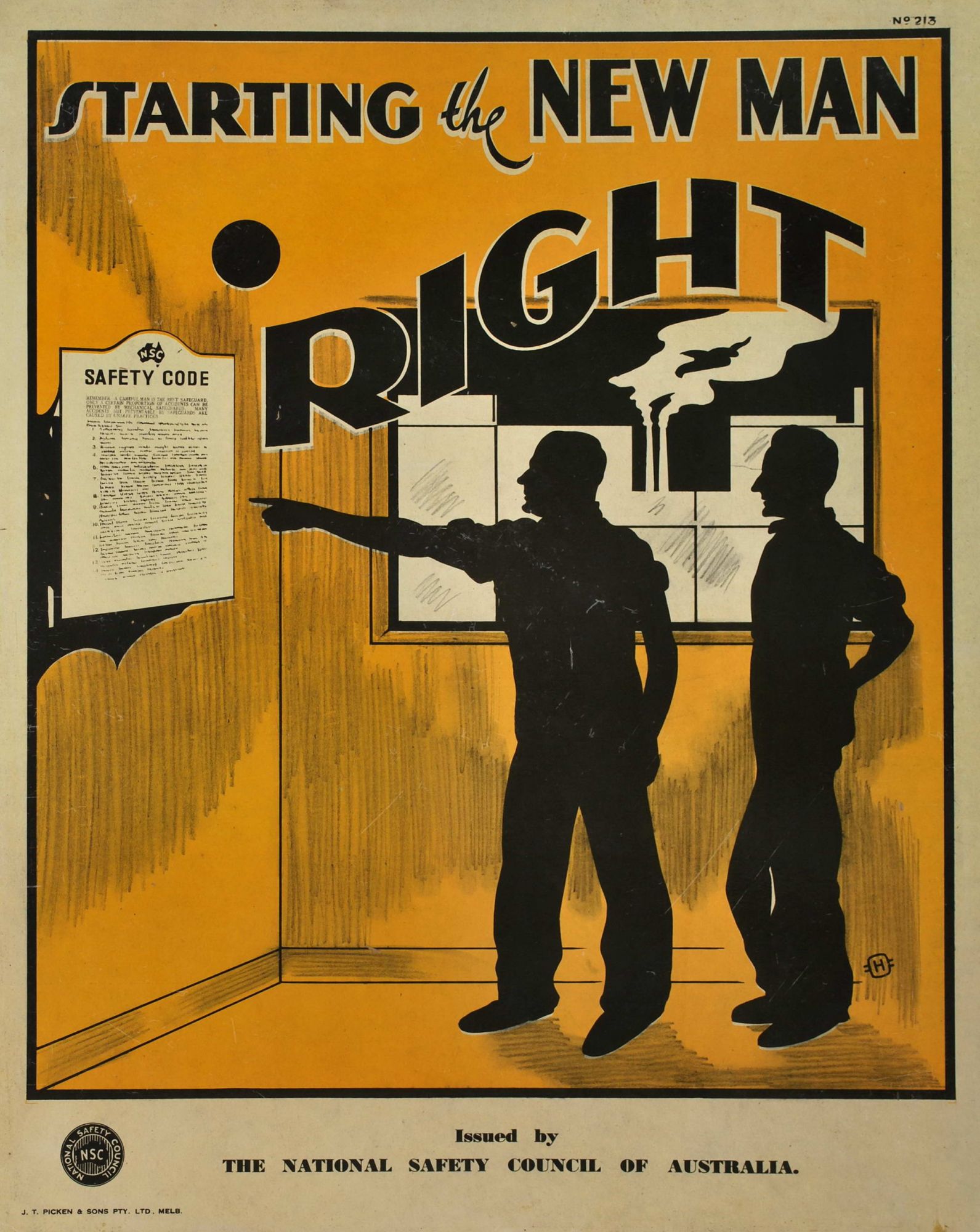
First Things First: Getting started with projects
—
in ResourcesI usually start projects by reading, a lot. I’ve compiled a few helpful links to get you started in the Resources section of the site. I would start there to understand the history and get a good idea of what all this entails. Feel free to suggest other good resources in the comments below.
